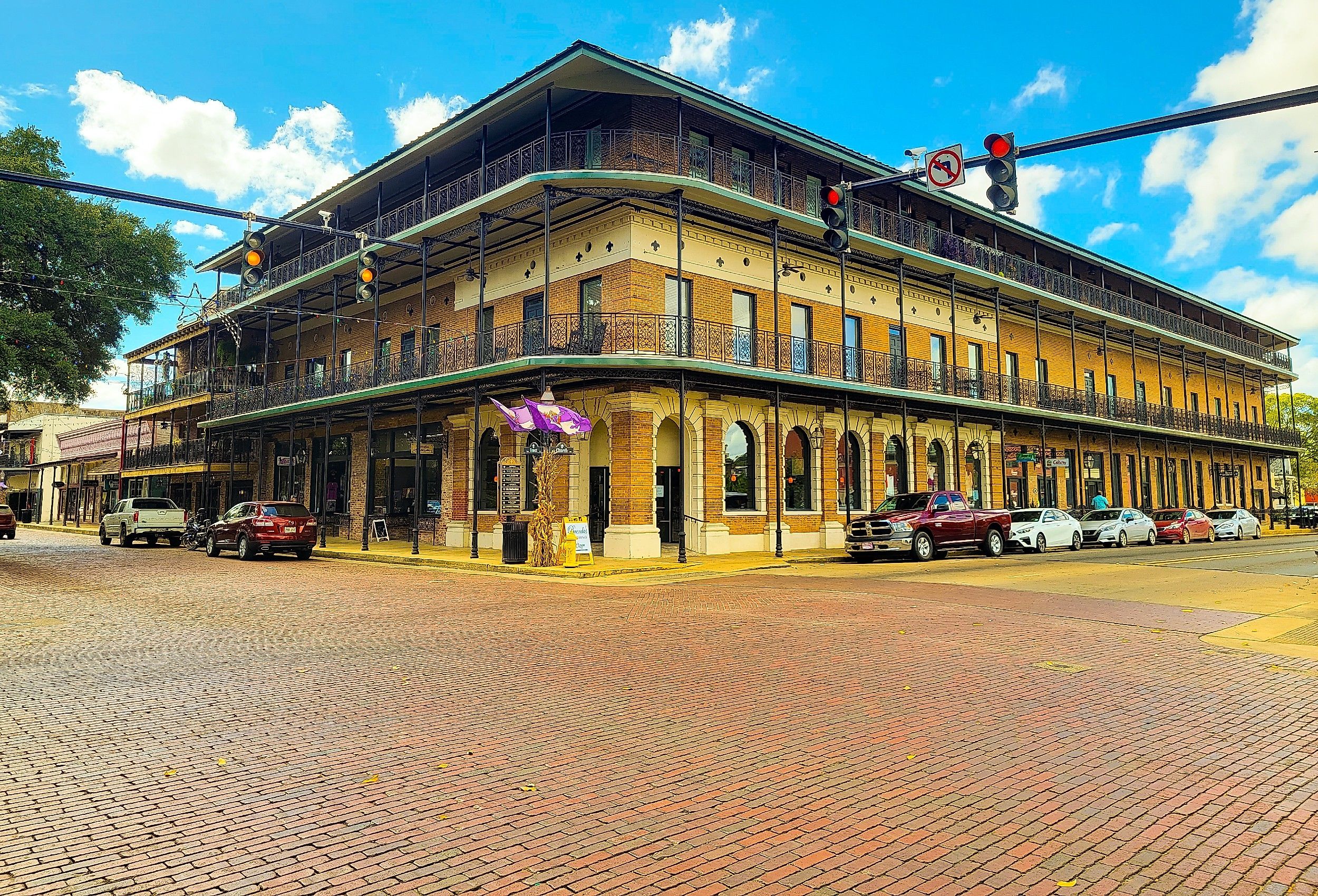
7 Bizarrely Named Towns In Louisiana
Louisiana is lush with small towns named after its French and Native American influences. Some of the state's towns, however, have more unusual, even bizarre names that beckon to be explained. Slaughter, Waterproof, and Plain Dealing are just a few that seem so uncharacteristic of Louisiana that they really stand out. From Many to Pierre Part and Opelousas, Louisiana's bizarrely named towns compel you to learn the stories behind their names, their history, what makes them special, and why you should put them on your short list of places to visit.
Many
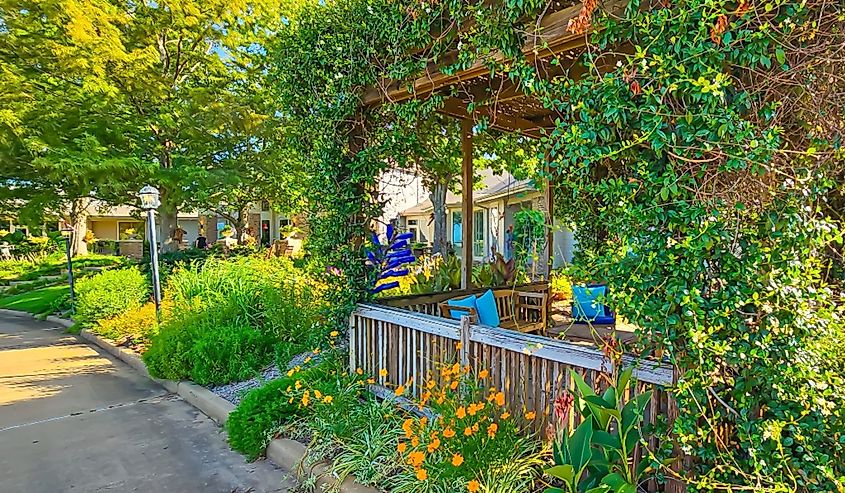
When you hear the town name "Many," you can't help but think the town had a lot of something notable. Turns out the town was named after Colonel John B. Many, who commanded Ft. Jesup, which was near the border with Mexico. It was his responsibility to protect the settlers from Mexican attacks, and he also drove back 160 Texans from Louisiana as well. As commander of the fort, he took an interest in his soldiers' social lives and their families and became very well-liked.
While in Many, visit Ft. Jesup State Historic Site. Also, enjoy South Toledo Bend State Park for fishing, boating, and water activities. Camping is available with RV sites, cabins, and glamping tents, complete with queen foam mattresses, tables, electricity, heat, outside grills, solar showers, and portable toilets. You can stay at Toledo Town Inn or Starlite Many Motel. Restaurants run the gamut from Gulf Station Cafe and Country Boy Restaurant to Martone's Italian Restaurant and Taqueria Conchitas.
Pierre Part
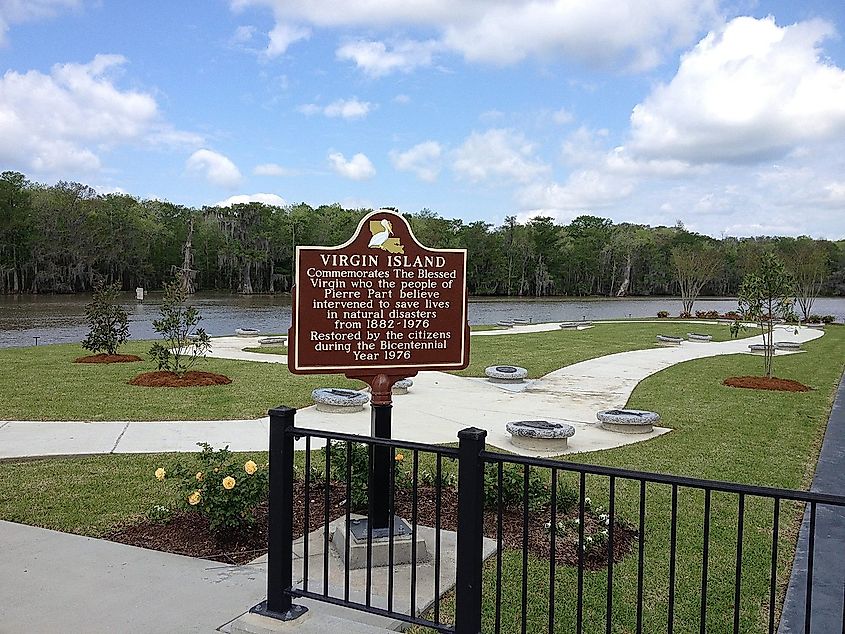
This bizarre name makes one wonder what exactly Pierre was a part of that was so important. Pierre Part is the full name of a Canadian man who was in the Spanish militia. Around 1770, he saw the area's beauty from the banks of what he called la Bay de Lac Verret and asked permission to start a settlement. His request was denied, but his name lived on.
Today, 40% of the town speaks some French, which is pretty unique. This is one of the largest populations to speak French in any US town. Pierre Part Bay flows into Lake Verret; go fishing on your own or hire a local guide to find the best spots. Try Landry's Seafood for its Cajun-Creole menu in a family-friendly atmosphere and Krispy Krunchy Cajun-style chicken for a quick bite.
Natchitoches

The oldest settlement in the entire Louisiana Purchase, Natchitoches (Nack-a-tish) may be named for the Native American word for the paw paw plant or, perhaps, for its rich, red soil. Take a guided tour of the National Landmark Historic District and note the French-influenced architecture with wrought iron balconies and brick walkways, the plantations along the Cane River Creole National Heritage Area Trail, and the Cane River National Historic Park.
Visit St. Jean Baptiste State Historic Site, explore Beau Jardin (beautiful garden) downtown along the riverbank, and the nearby Magnolia Plantation's 20 historic buildings. Culinary delights include every nationality. For delicious dining with a view, try Merci Beaucoup and Mariner's Lakefront Restaurant.
Slaughter
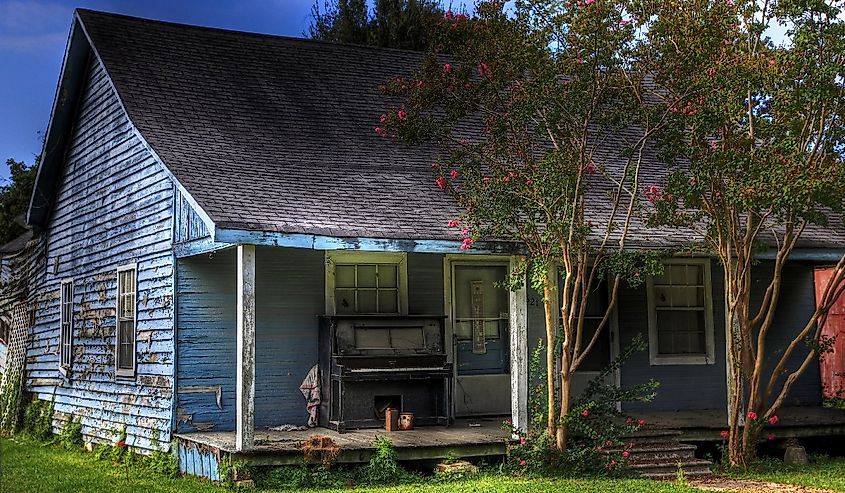
No, this town in Louisiana was not named for being home to a slaughterhouse. Rather, it was named after brothers Will and Joe Slaughter, the original owners of the land the town is built on. To eat where the locals go, head to Backroads Steak and Seafood.
Slaughter is just 20.8 miles from Baton Rouge, a 30-minute drive. While in the area, take a tour of the USS Kidd WWII destroyer docked in the Mississippi River and its indoor Veterans Museum. Walk or bike along the Mississippi River Levee Bike Trail, and don't miss out on visiting the tallest state capitol building in the US.
Waterproof
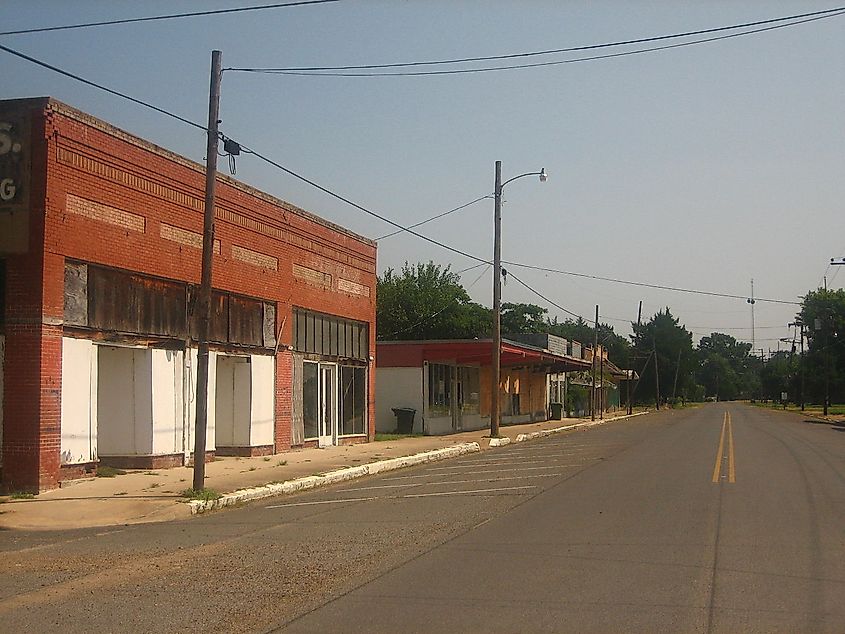
This town has one of the highest elevations west of the Mississippi River and a cute story behind its name. Abner Smalley, an early resident, was sitting waiting for one of the boats, when a captain he knew noticed him sitting in his tall perch with the river all around him and said, "You seem to be waterproof!" Smalley thought that would be a great name for the town. Unfortunately, however, Waterproof has flooded several times since.
Visit the nearby Delta Music Museum Hall of Fame and Frogmore Cotton Plantation and Gins in Ferriday, just 15 minutes away. Emerald Mound, the second-largest Native American mound in the US, and Windsor Ruins audio tour are in Natchez, Mississippi, a 40-minute drive away.
Plain Dealing
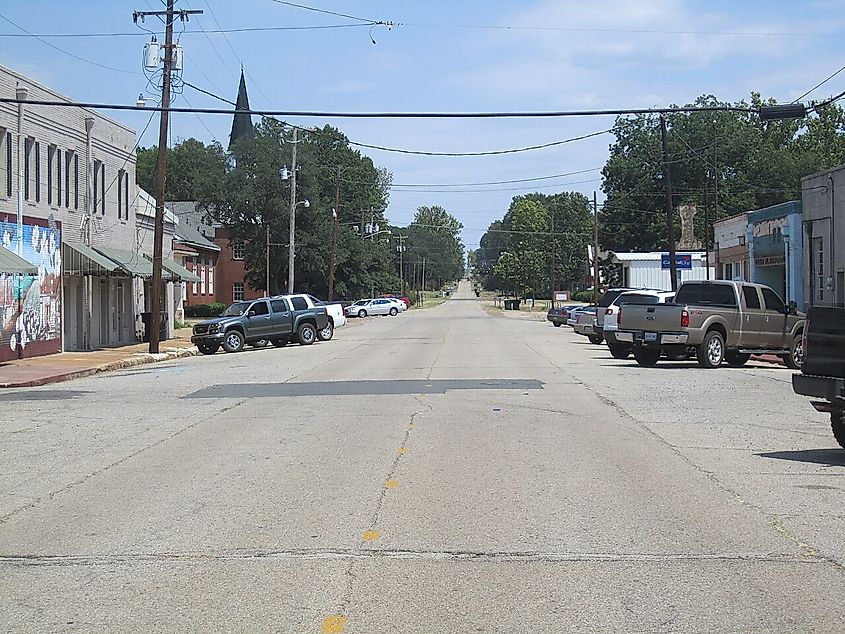
With so many Louisiana towns having names influenced by French and Native American histories, Plain Dealing stands out because it is so, well, plain. Actually, to early settler George O. Gilmer, that was the point. Gilmer called his home Plain Dealing Plantation to emphasize that he was an honest, transparent businessman. Since that seemed like a fine reputation for a town as well, the name stuck.
Although Lake Plain Dealing was created to prevent flooding, it is a great place for fishing, swimming, jet skiing, and other water sports. When you work up an appetite, Da Spott is known for good food, fair prices, and a fun atmosphere. Chavos Mexican is also highly recommended. For more activities, Shreveport is just 30 miles due south. For family fun, check out the Shreveport Aquarium and the Sci-Port Discovery Center for science and space activities.
Opelousas
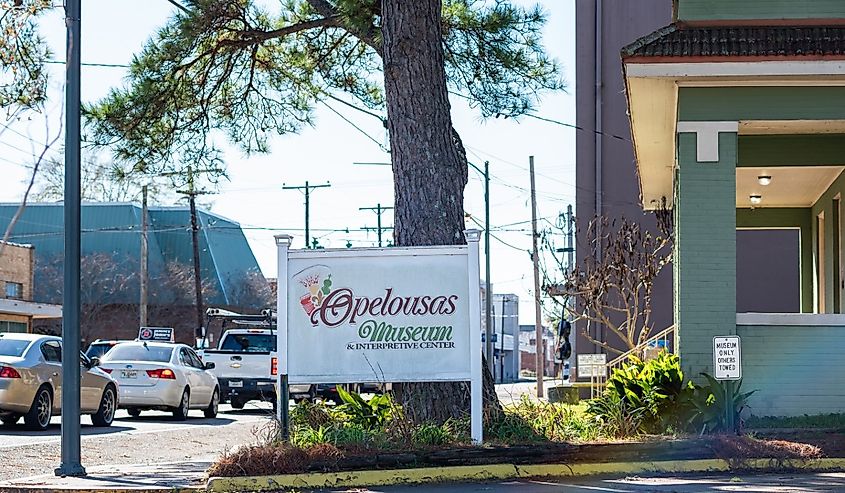
Named for the Native American tribe of the same name, the meaning of the word is debated. However, all explanations contain the color black: black hair, black foot, black water, and black leg. It is said that the tribe painted their legs a dark color to contrast their whiter skin. Thus, black leg is often the most commonly accepted meaning.
Inside Opelousas is Le Vieux Village, or Old Village, which shows what life was like in its 19th-century heyday. Venus House is one of the oldest examples of Creole architecture west of the Mississippi. It is made of a mud called bousillage, Spanish moss, straw, and animal hair. A doctor's office country store, schoolhouse, early African American church, and railroad depot are also in the village.
Opelousas is a lively, diverse town with people of many nationalities. Alamo hero Jim Bowie called the town home. It is also the birthplace of Zydeco music, a style that combines blues, R&B, rock, and soul. Opelousas is also called the Creole Capital of the World. The town has no shortage of restaurants featuring highly rated Cajun and Creole dishes, like Billy's Boudin & Cracklins.
From Many to Opelousas, Louisiana's bizarre town names come from their height advantages, honorable traits, early ancestors' legs, and sometimes, people who built the town. If you visit them, stop and ask the locals how their town got its bizarre name. You may hear something totally different, like another local legend that is not often mentioned. At the very least, you will get people talking about it, sharing stories and legends, and telling you other great local places to visit.











